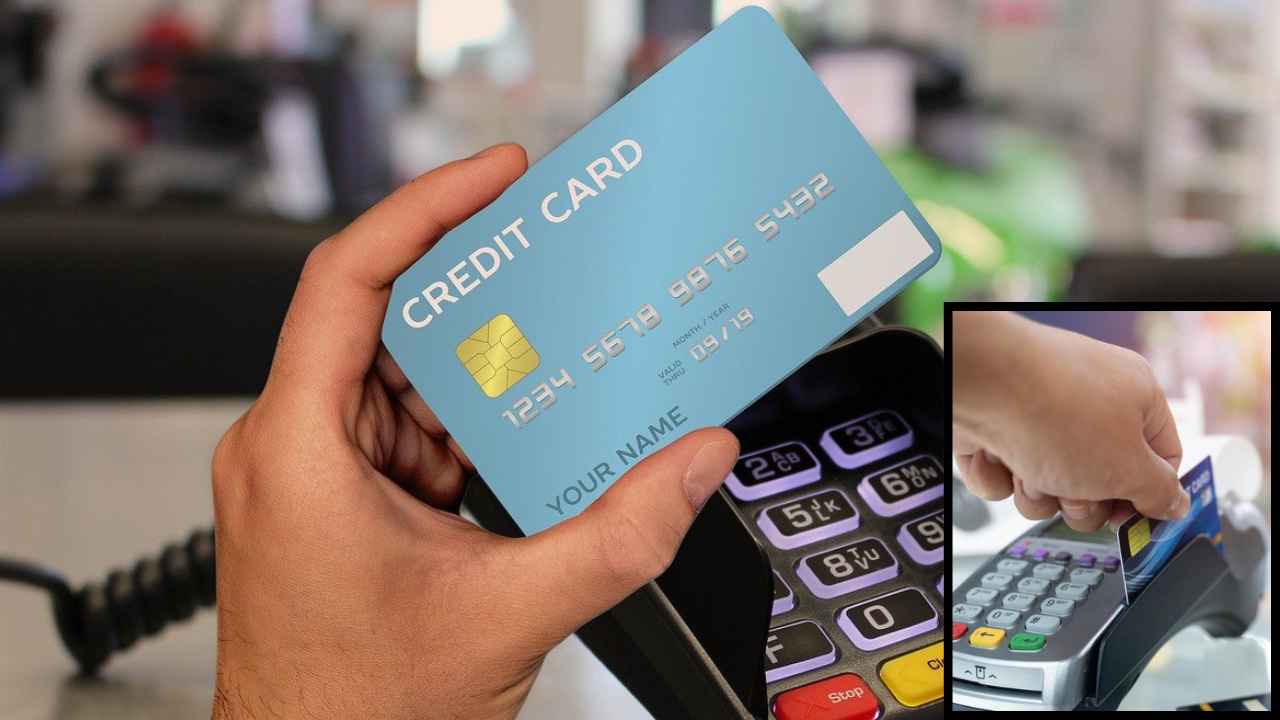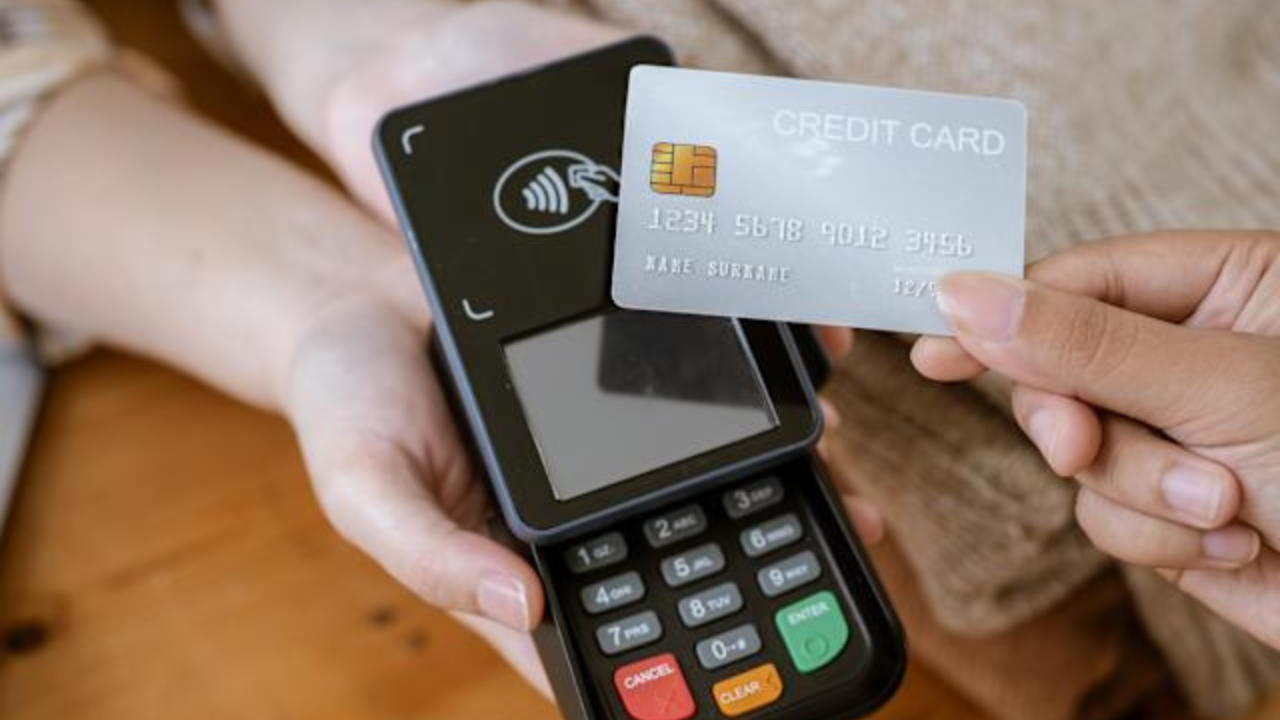 English
English

The perks of credit cards come with risks, with rising fraud and evolving tricks, is your card truly safe from fraudsters, or are you just one phishing link away from trouble?

Fraudsters employ phishing to steal card information.
New Delhi: Even as UPI and other digital payments have seen a major spike, a large segment of the Indian population continues to rely on credit cards issued by the likes of Visa, RuPay, American Express and other providers. Financial institutions frequently seek to attract customers with perks such as lounge access, discount offers and cash‑backs. However, higher usage invariably creates a broader play‑field for scammers. The increasing volume and diversity of card transactions make card‑holders and issuers alike more vulnerable to exploitative techniques. Vigilance and sound defensive habits are therefore essential.
To protect yourself, it helps to understand how fraudsters operate:
Understanding these helps you see why simple precautions go a long way.
Will India’s UPI just get smarter? NPCI rolls out AI‑Powered ‘UPI Help’
Guard Your Card Details:
The first rule of thumb: never share your PIN, CVV code, or full card number with anyone — certainly not over email or phone just because someone says they are from your bank. Legitimate banks will never ask for full details like your PIN or OTP in unsolicited contact. Be especially wary of unexpected messages asking you to “verify” or “confirm” card details.
Secure Online Transactions:
When shopping online, always check that the website uses a secure connection (look for “https://” and a padlock icon). Avoid public Wi‑Fi networks for entering card details, as these may be insecure. If your bank offers a virtual credit card (a disposable card number) for online use, consider that to limit exposure of your real card. Also avoid entering your credit card details into suspicious or “too good to be true” websites.

Never share your PIN or CVV and use trusted websites.
Monitor Your Statements Regularly:
The sooner you spot a transaction you didn’t authorise, the quicker you can alert your bank and limit your liability. Many banks offer SMS or email alerts for each transaction. Make it a habit to check your monthly credit‑card statement and review every line item. If anything looks unfamiliar, report it without delay.
Use Secure Features and Enable Alerts:
Many cards now offer EMV‑chip technology (which is more secure than the older magnetic stripe), two‑factor authentication, spending limits, and alerts for transactions. Make sure you enable such features. For example, disable international transactions when you don’t travel, or limit high‑risk transactions. By enabling alerts for every transaction, you’ll receive immediate notification if something unusual occurs.
Be Smart With Physical Card Use:
When using your card at a store or ATM, don’t lose sight of it. At POS machines or ATMs, cover the keypad when entering your PIN and inspect devices for attachments or abnormalities (which could indicate a skimming device). Keep your old statements and receipts secure , shred those you don’t need so unauthorized persons cannot retrieve your card details from discarded documents. Stay aware of surroundings and don’t hand your card out of sight in cafes or restaurants.
Given the uptick in digital transactions and growing credit‑card usage in India, the terrain for fraud has become more complex. The Reserve Bank of India (RBI) has highlighted that internet and card‑related frauds remain a major concern. Knowing the methods of fraud and how to respond quickly can mean the difference between a minor scare and a major financial loss. By practising vigilance, reacting swiftly, and making use of security features, card‑holders strengthen their own defence while boosting confidence across the digital payments ecosystem.